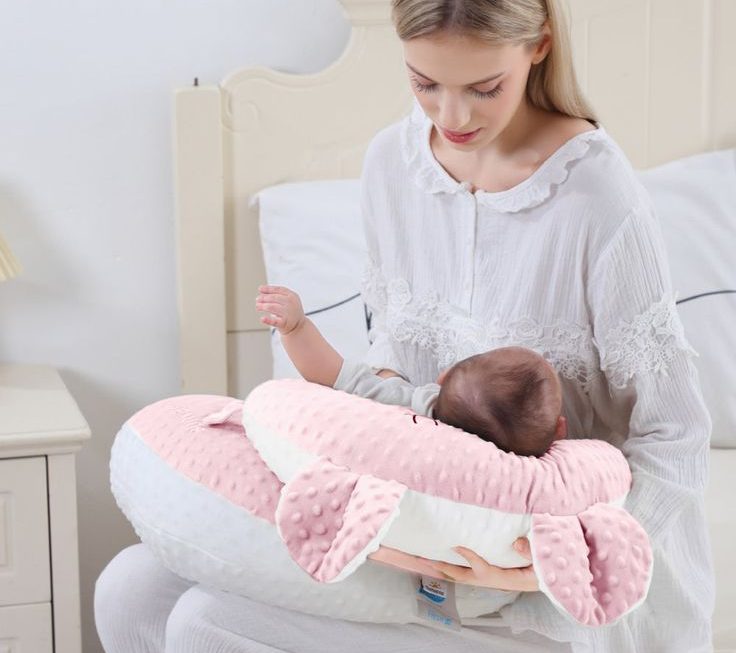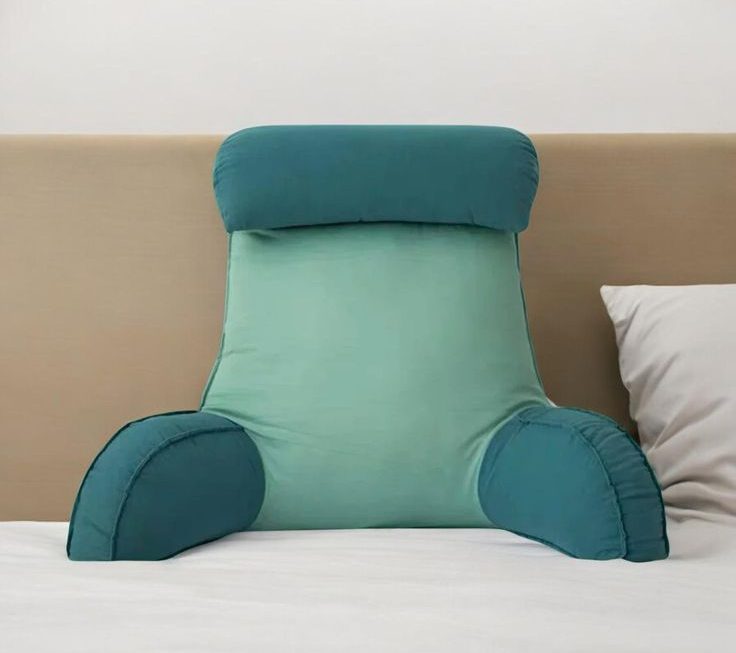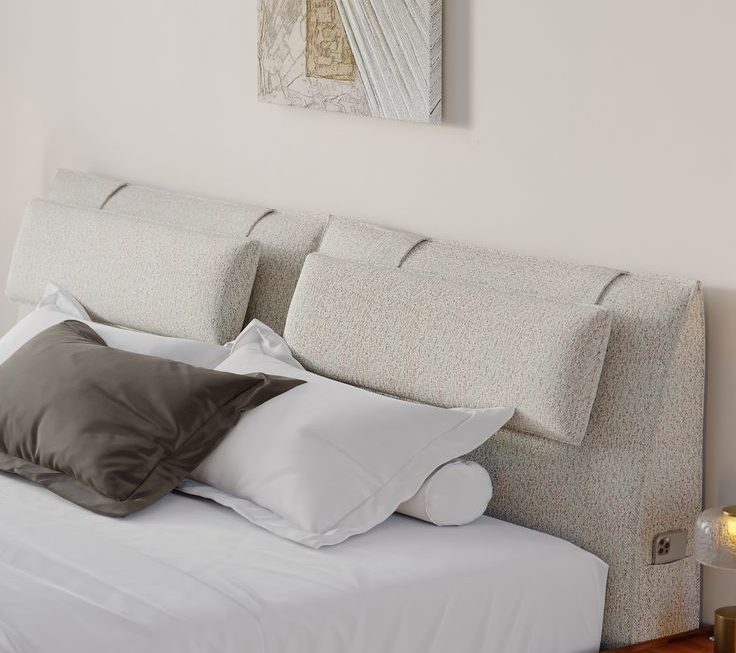 Introduction:
Introduction:
After cleaning or water damage, it is essential to allow carpets to dry thoroughly before walking on them or placing furniture back in the room. The drying time for carpets can vary depending on several factors. Understanding these factors and following proper drying techniques can help expedite the process and prevent potential issues, such as mold and mildew growth. In this comprehensive guide, we will explore the factors that affect carpet drying time and provide tips to ensure efficient and thorough drying.
 Introduction to Carpet Drying Time
Introduction to Carpet Drying Time
The drying time for carpets is influenced by various factors, including the type of carpet, cleaning method, humidity levels, and air circulation.
A. Importance of Proper Drying: Thorough drying prevents mold and mildew growth, maintains the carpet’s condition, and eliminates slipping hazards.
B. Factors Affecting Drying Time: Understanding the factors that influence carpet drying time allows for better planning and effective drying techniques.
Type of Carpet and Padding
Different types of carpets and padding materials can affect the drying time.
A. Thickness and Density: Thicker and denser carpets tend to take longer to dry as they absorb more moisture.
B. Padding Material: The type of padding used under the carpet, such as foam, rubber, or felt, can impact drying time due to varying moisture absorption properties.
Cleaning Method Used
The cleaning method employed affects the amount of moisture introduced to the carpet and, subsequently, the drying time.
A. Steam Cleaning: Steam cleaning injects hot water into the carpet, which requires adequate time to evaporate.
B. Dry Cleaning: Dry cleaning methods, such as encapsulation or absorbent compound cleaning, use minimal moisture and generally result in shorter drying times.
 Humidity and Air Circulation
Humidity and Air Circulation
Humidity levels and air circulation significantly impact carpet drying time.
A. High Humidity: In humid environments, the moisture in the air slows down the evaporation process, prolonging carpet drying time.
B. Ventilation: Proper ventilation and airflow facilitate evaporation. Utilize fans, open windows, and use dehumidifiers to enhance airflow and decrease drying time.
Tips for Efficient Carpet Drying
Implementing certain techniques can expedite the carpet drying process.
A. Blot Excess Moisture: After cleaning or water damage, blot the carpet with clean towels or absorbent materials to remove as much moisture as possible.
B. Use Fans and Dehumidifiers: Place fans strategically to maximize air circulation, and if necessary, use dehumidifiers to further reduce humidity levels.
C. Run HVAC System: Activating the heating or cooling system can aid in drying the carpet faster by regulating temperature and promoting airflow.
Professional Carpet Drying Services
For extensive water damage or large-scale carpet cleaning, professional services may be necessary.
A. Quick Extraction: Professional carpet cleaners employ specialized equipment and techniques to extract excess moisture efficiently.
B. High-Powered Fans and Dehumidifiers: Professionals use industrial-grade fans and dehumidifiers to expedite drying time and ensure thorough moisture removal.
C. Monitoring and Assessment: Skilled professionals monitor the drying process, perform moisture tests, and assess the carpet’s condition to prevent potential complications.
Timeframe for Carpet Drying
While the actual drying time varies depending on the factors mentioned, it generally takes anywhere from a few hours to multiple days for the carpet to dry completely.
A. Shorter Drying Time: Dry cleaning methods and low humidity levels can result in shorter drying times of a few hours to overnight.
B. Longer Drying Time: Steam cleaning and high humidity levels may extend the drying process to several days.
 Some popular trends in carpeting:
Some popular trends in carpeting:
The trends in carpeting can change over time, influenced by various factors such as design preferences, technological advancements, and sustainability concerns. Here are some popular trends in carpeting:
Natural and Sustainable Materials:
There is a growing trend towards using natural and sustainable materials in carpeting. Carpets made from renewable fibers like wool, sisal, jute, or seagrass are gaining popularity due to their eco-friendly attributes. These natural fibers offer durability, insulation, and a soft texture, making them desirable options for both residential and commercial settings.
Soft and Luxurious Textures:
Plush, soft, and luxurious textures are highly sought after in carpeting. Carpets with long, thick piles, such as shag or deep-pile carpets, are popular for creating a cozy and inviting atmosphere. These textures add warmth and comfort to a space while also providing a visual and tactile element.
Neutral and Earthy Tones:
Neutral and earthy tones continue to be popular choices for carpeting. Shades like beige, taupe, gray, or cool tones inspired by nature create a timeless and versatile look. These colors provide a neutral base that can complement various design styles and allow other elements in the room to stand out.
Patterned Carpets:
Patterned carpets are making a comeback as a way to add visual interest and personality to a space. Geometric patterns, stripes, or floral motifs can add a decorative touch and become a focal point in a room. These patterned carpets work particularly well in areas with simpler furniture or neutral walls, as they provide a striking focal point.
Enhanced Durability and Stain Resistance:
Advances in carpet technology have led to the development of carpets with enhanced durability and stain resistance. Manufacturers now offer carpets with built-in stain-resistant treatments and innovative fibers that can withstand heavy foot traffic, spills, and stains. These carpets are appealing for households or commercial spaces where durability and ease of maintenance are important considerations.
Customization and Personalization:
Carpeting trends also emphasize the customization and personalization of carpets. Customers can choose from a wide variety of styles, colors, patterns, and materials to create a carpet that fits their unique vision and design preferences. Custom-designed carpets allow for creativity, individuality, and the ability to tailor the carpet to match a specific space or architectural design.
It’s important to note that carpeting trends can vary based on individual preferences, regional influences, and the specific requirements of a space. Ultimately, the choice of carpeting should consider factors such as durability, maintenance, style compatibility, and personal taste to create a comfortable and visually appealing environment.
 Conclusion
Conclusion
Properly drying carpets is crucial to maintain their condition and prevent potential issues. Understanding the factors that influence carpet drying time and implementing effective drying techniques can expedite the process. Consider the carpet and padding type, the cleaning method used, humidity levels, and airflow when estimating drying times. Blotting excess moisture, utilizing fans, dehumidifiers, and the HVAC system, as well as seeking professional assistance for extensive water damage or large-scale cleaning, can help ensure efficient and thorough carpet drying. By following these tips, you can enjoy clean and dry carpets while preventing potential issues associated with excess moisture.



